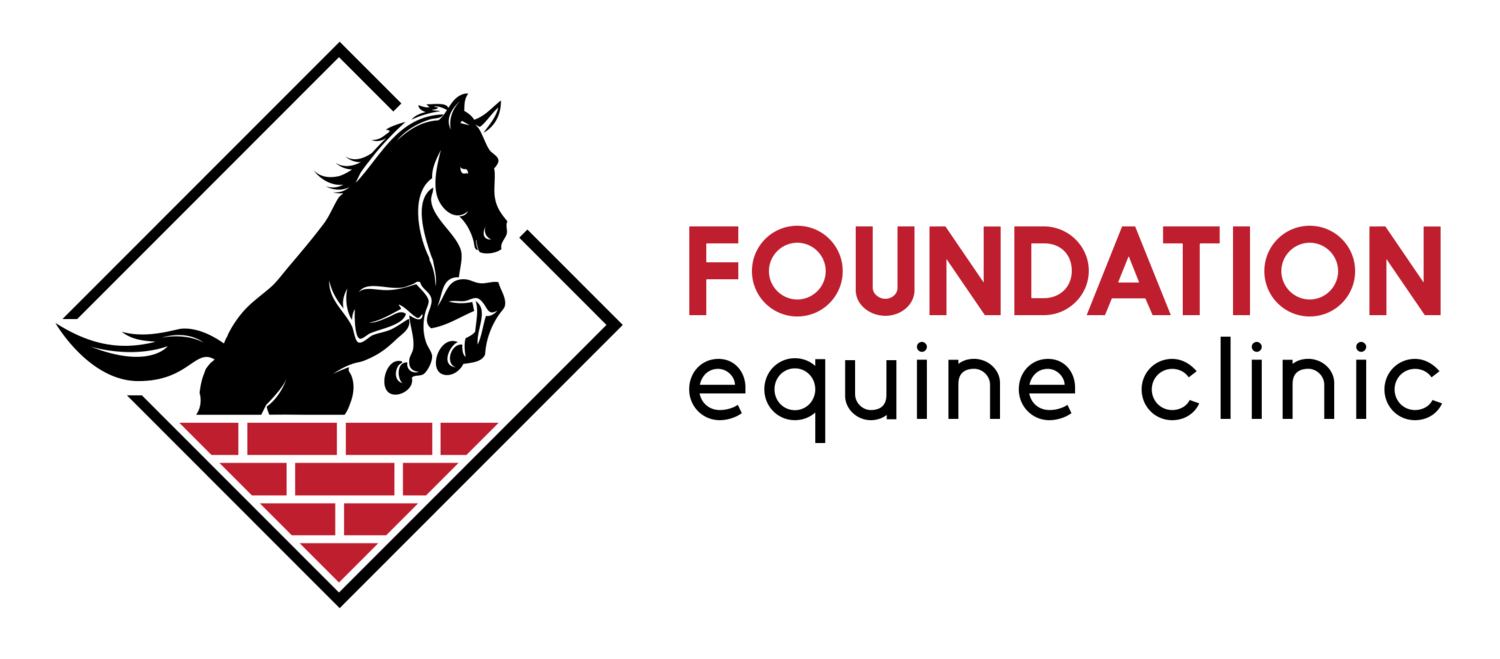Botulism: Is Your Horse Safe?
Botulism is a serious, often fatal neurologic disease caused by the toxin of a bacteria, Clostridium botulinum. The bacteria produces seven different toxins (named with letters A-F). Type A,B, and C cause disease in horses. Type A is found in the western states. Type B is present in hay and soil of the mid-Atlantic states and Kentucky and is becoming more common in North Carolina. Type C comes from animal carcasses (like mice) that are accidentally baled in hay. Most adult horses who become sick from botulism ingest the type B toxin from hay or soil. Horses are more sensitive to these toxins than other animals, and botulism can rapidly become fatal.
Yearling miniature gelding with botulism. Inability to retract the tongue is a common symptom
Signs of equine botulism are consistent with “weak paralysis.” How rapidly the disease progresses depends on how much toxin the horse consumed. A sick horse may be mildly affected and recover, may be found dead in the field, or may deteriorate over several days. The first sign may be difficulty swallowing, with the horse taking longer than usual to eat grain, experiencing choke, or “dunking” his face in the water trough, obsessed with water but unable to drink. The horse’s pupils are usually dilated. Affected horses can then become lethargic and have muscle tremors. Often, horses become down and unable to rise, and paralysis of respiratory muscles leaves them unable to breathe, which causes their death.
Botulism is very difficult to diagnose. The only current available test looks for presence of toxin in a hay sample and can be expensive. Since the disease progresses rapidly, any time wasted waiting for a diagnosis can result in the horse’s death. Often, the diagnosis can be made based on symptoms. If the horse takes >2 minutes to eat 1 cup of grain, has dilated pupils, and if his tongue is so weak that it remains outside his mouth after being withdrawn, the disease is likely to be botulism. Treatment requires the horse to receive antiserum, which will halt disease progression, but recovery will be slow. The horse will stabilize in his current condition when the antiserum is given, but will usually take weeks to return to normal. This is because the toxin binds to nerves, and new nerve endings must be grown before the horse can function normally. During this time, the horse may need to be fed by stomach tube or IV if he can’t swallow at all. The total cost to treat a horse with botulism is usually in the thousands of dollars, due to the expense of the antiserum, plus the supportive care.
So what can you do to prevent botulism? The good news is: you can vaccinate! A safe vaccine against botulism is available, and can prevent most cases of this disease. The vaccine protects against the type B botulism toxin, the most common toxin associated with hay and soil. The horse will need three initial vaccines (the first vaccine and two boosters) to become completely protected, but only needs to be vaccinated yearly thereafter. At about 35 dollars a vaccine, is it worth it? I often ask people, “if you could vaccinate your horse against a $5,000 colic surgery, would you do it?” – I think the botulism vaccine is similar. A low-risk, low-cost vaccine that prevents a terrible, often fatal disease. What’s not to like?
Botulism vaccine (left) and antiserum (right). One of these products costs about $35 per dose, the other $750-$950 per dose!


